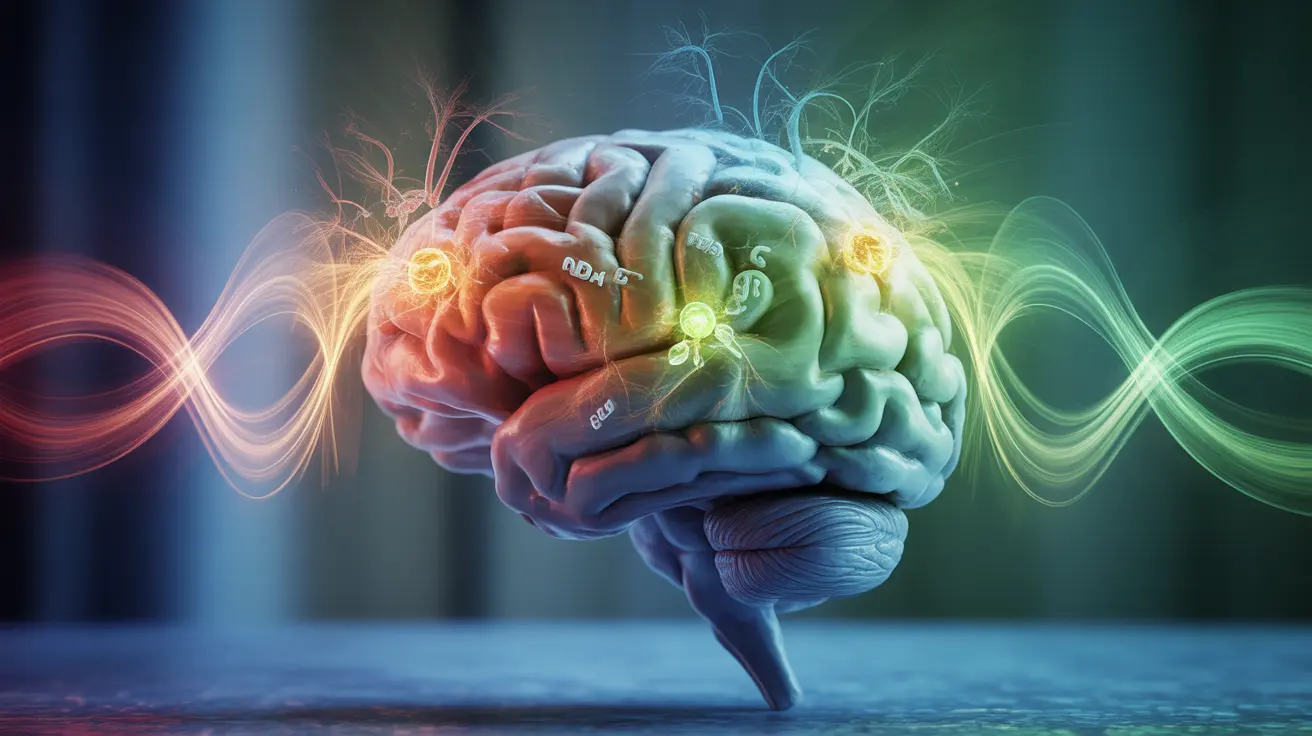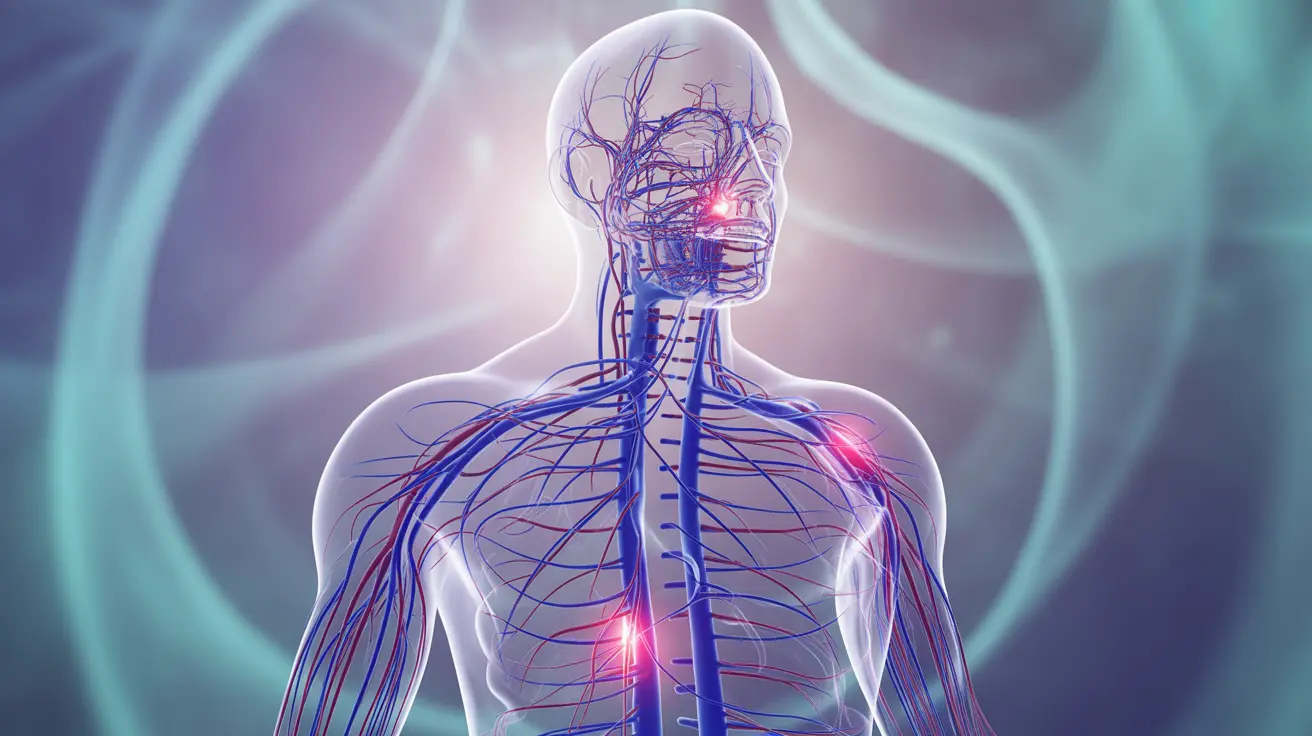Back pain affects millions of Americans and can significantly impact daily life, from minor discomfort to debilitating conditions that require medical intervention. Understanding the various causes, symptoms, and available treatments is crucial for managing this common health concern effectively.
Whether you're experiencing acute pain from a recent injury or dealing with chronic discomfort, identifying the root cause is the first step toward finding appropriate relief and preventing future episodes.
Common Causes of Back Pain
Back pain can stem from various sources, ranging from mechanical issues to underlying medical conditions:
Muscle and Ligament Strain
Most acute back pain results from muscle or ligament strain, often caused by:
- Lifting heavy objects improperly
- Sudden awkward movements
- Poor physical conditioning
- Repetitive motions
Structural Problems
Common structural issues that cause back pain include:
- Herniated or bulging discs
- Spinal stenosis
- Degenerative disc disease
- Scoliosis or other spinal deformities
Medical Conditions
Several medical conditions can lead to back pain:
- Arthritis
- Osteoporosis
- Fibromyalgia
- Kidney stones
- Infections
Identifying Serious Back Pain Conditions
While most back pain is mechanical and temporary, certain symptoms warrant immediate medical attention:
Red Flag Symptoms
Seek immediate medical care if you experience:
- Severe, persistent pain that doesn't improve with rest
- Pain radiating down one or both legs
- Numbness or tingling in the extremities
- Loss of bladder or bowel control
- Unexplained weight loss
- Fever accompanying back pain
The Impact of Lifestyle on Back Health
Daily habits and lifestyle choices significantly influence back health:
Risk Factors
Common lifestyle factors that contribute to back pain include:
- Sedentary behavior and prolonged sitting
- Poor posture
- Obesity
- Smoking
- High-stress levels
- Improper lifting techniques
Prevention and Management Strategies
Several preventive measures can help maintain back health:
Exercise and Movement
Regular physical activity helps by:
- Strengthening core muscles
- Improving flexibility
- Maintaining proper weight
- Enhancing overall physical fitness
Ergonomic Considerations
Proper workplace ergonomics include:
- Using an appropriate chair with good lumbar support
- Maintaining screen height at eye level
- Taking regular breaks from sitting
- Using proper lifting techniques
Frequently Asked Questions
What are the most common causes of back pain, and how can I identify if mine is due to muscle strain or a more serious condition? Most back pain results from muscle strain, characterized by localized pain that improves with rest and basic care. More serious conditions typically involve additional symptoms like radiating pain, numbness, or weakness.
What symptoms indicate that back pain might be caused by a herniated disc or nerve compression like sciatica? Herniated discs and nerve compression often cause sharp, shooting pain that radiates down the legs, accompanied by numbness, tingling, or weakness in the affected areas.
How can poor posture and lifestyle habits contribute to developing chronic back pain? Poor posture places excessive stress on the spine and supporting muscles, leading to muscle imbalances and strain. Sedentary lifestyle, obesity, and improper lifting techniques can compound these issues.
When should I see a doctor for back pain, and what signs suggest an urgent medical evaluation is needed? Seek immediate medical attention for severe, persistent pain, especially when accompanied by leg weakness, bladder/bowel changes, fever, or unexplained weight loss.
What preventive measures and lifestyle changes can help reduce the risk of back pain or prevent it from worsening? Regular exercise, maintaining proper posture, practicing good ergonomics, maintaining a healthy weight, and using proper lifting techniques can significantly reduce back pain risk.
Remember, while back pain is common, understanding its causes and taking appropriate preventive measures can help maintain a healthy spine and active lifestyle.




